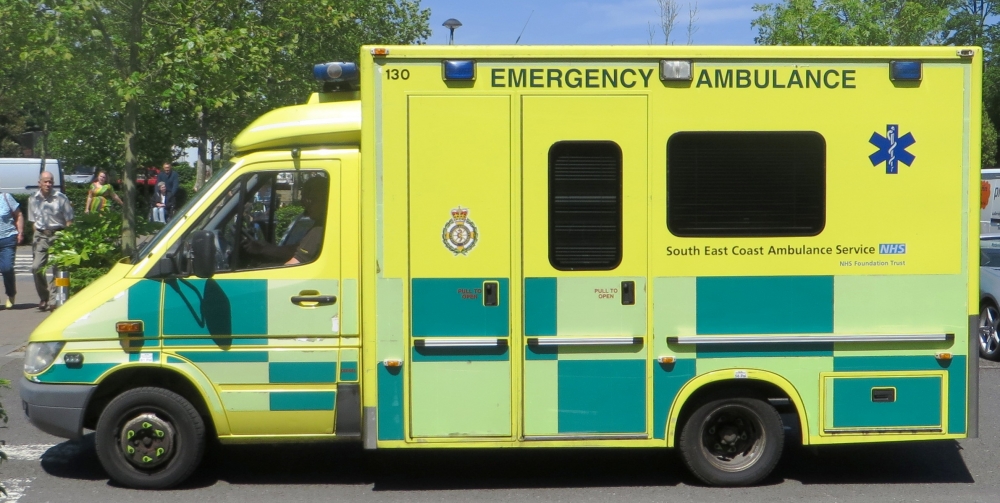South East Coast Ambulance Service [SECAMB] has admitted ‘more work can be done’ to improve on response times to less serious calls after it was revealed only two of the UK’s 14 major trusts kept a caller waiting longer.
The NHS figures for June 2017 to 2018, released last week, show a patient in the SECAMB zone [which includes Tunbridge Wells and Tonbridge] waited 24 hours and 35 minutes. It has not been revealed where this caller was from.
The Welsh Ambulance Service recorded the longest delays, with four patients kept waiting more than 50 hours.
Concerning
Lucy Watson, from pressure group Patients Association, said: “The figures are extremely concerning.
“We know that demand has gone up on all health services as our population is getting older, and we need to see the level of investment increasing so our ambulances can respond in a timely way.”
In response, SECAMB has said these calls were not immediately life-threatening and some may have involved the patient’s family requesting a delay.
A spokesman added: “We are pleased in recent months we have been performing well against the national average for our most serious calls, Category 1 and Category 2.
“However, we recognise, that there more work to be done both here and with less serious calls to further improve our response time performance.
“Our staff, both in our emergency operations centres and out on the road, are working hard to respond to prioritise our most serious calls and respond to patients as quickly as possible.
“This is in the face of increasing year-on-year demand and periods of challenging cold weather earlier this year and with the additional pressures that the heatwave has brought on the service in recent weeks.”
How quickly is SECAMB responding to calls?
|
Category |
Response |
Average response time |
|
Category 1 |
For calls to people with immediately life-threatening and time critical injuries and illnesses. |
These will be responded to in a mean average time of seven minutes and at least 9 out of 10 times before 15 minutes. |
|
Category 2 |
For emergency calls. Stroke patients will fall into this category and will get to hospital or a specialist stroke unit quicker because we can send the most appropriate vehicle first time. |
These will be responded to in a mean average time of 18 minutes and at least 9 out of 10 times before 40 minutes. |
|
Category 3 |
For urgent calls. In some instances, patients in this category may be treated by ambulance staff in their own home. These types of calls will be responded to at least 9 out of 10 times before 120 minutes |
These types of calls will be responded to at least 9 out of 10 times before 120 minutes. |
|
Category 4 |
For less urgent calls. In some instances, patients may be given advice over the telephone or referred to another service such as a GP or pharmacist. |
These less urgent calls will be responded to at least 9 out of 10 times before 180 minutes |








